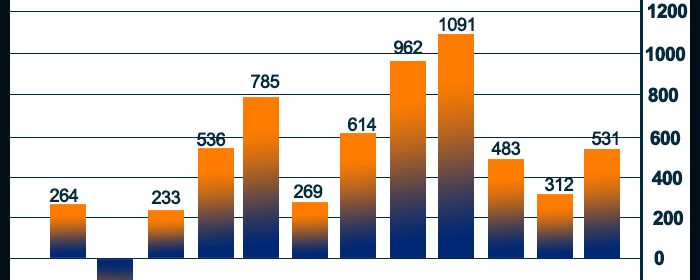U.S. Job Growth Reaccelerates More Than Expected In October

After reporting a slowdown in the pace of job growth over the two previous months, the Labor Department released a report on Friday showing U.S. employment increased by more than expected in the month of October.
The report said non-farm payroll employment surged up by 531,000 jobs in October after climbing by an upwardly revised 312,000 jobs in September.
Economists had expected employment to jump by 425,000 jobs compared to the addition of 194,000 jobs originally reported for the previous month.
“The October jobs report pointed to a reacceleration in job creation supported by improving health conditions and gradually rebounding labor supply,” said Gregory Daco, Chief U.S. Economist at Oxford Economics.
Employment in the leisure and hospitality sector helped lead the stronger than expected job growth, increasing by 164,000 jobs.
The Labor Department also cited notable job gains in professional and business services, manufacturing, and transportation and warehousing, which helped more than offset a drop in employment in public education.
With employment increasing by more than expected, the unemployment rate fell to 4.6 percent in October from 4.8 percent in September, hitting its lowest level since March of 2020. The unemployment rate was expected to edge down to 4.7 percent.
The drop in the unemployment rate came as household employment increased by 359,000 persons, while the labor force rose by just 104,000 persons.
The report also showed average hourly earnings climbed by $0.11 or 0.7 percent to $30.96 in October, with annual wage growth accelerating to 4.9 percent from 4.6 percent.
“The stronger 531,000 gain in non-farm payrolls in October as the economy rebounded from the Delta hit is an encouraging sign that demand remains strong,” Michael Pearce, Senior U.S. Economist at Capital Economics.
He added, “But with growth of the labor force still muted, that is feeding through to a continued decline in unemployment and an even stronger pick-up in wage growth.”
Source: Read Full Article
